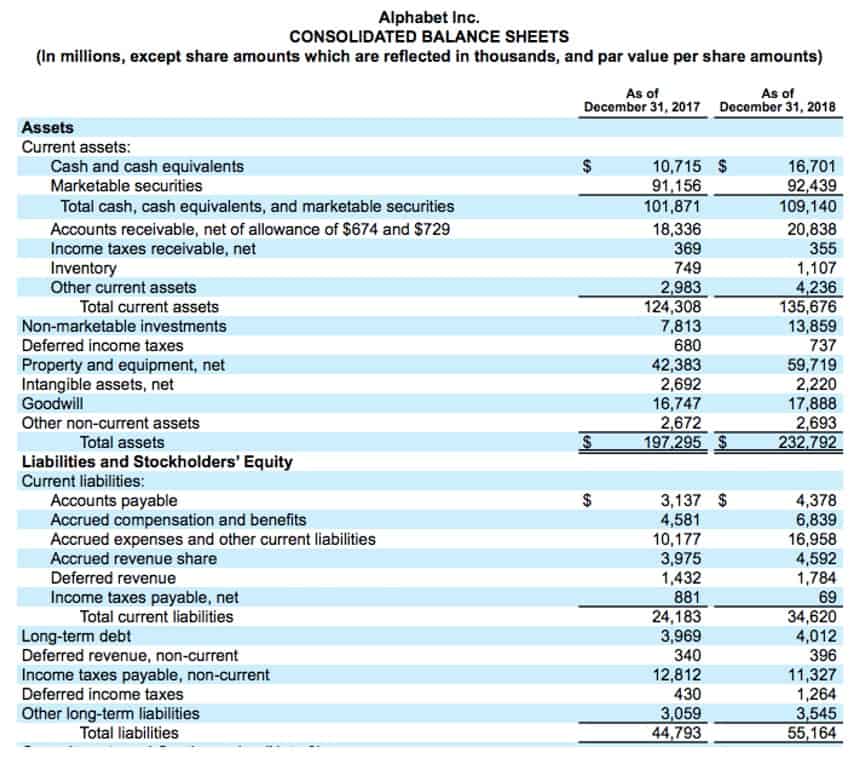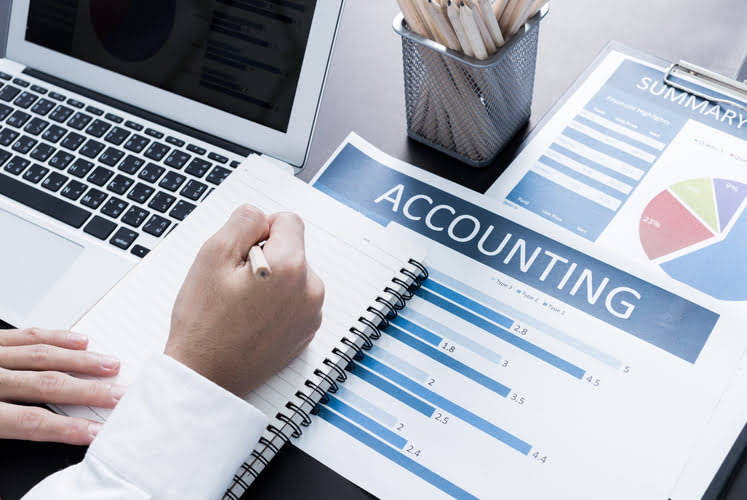
He is the sole author of all the materials on AccountingCoach.com. To learn more about the balance sheet, see our Balance Sheet Outline. For the past 52 years, Harold Averkamp (CPA, MBA) has worked as an accounting supervisor, manager, consultant, university instructor, and innovator in teaching accounting online. Debits and Credits are the words used to reflect this double-sided nature of financial transactions.

Do you already work with a financial advisor?

If you are new to HBS Online, you will be required to set up an account before starting an application for the program of your choice. Updates to your enrollment status will be shown on your account page. HBS Online does not use race, gender, ethnicity, or any protected class as criteria for enrollment for any HBS Online program. Our easy online enrollment form is free, and no special documentation is required. No, all of our programs are 100 percent online, and available to participants regardless of their location. Harvard Business School Online’s Business Insights Blog provides the career insights you need to achieve your goals and gain confidence in your business skills.

Ready to grow your business?
In order for the accounting equation to stay in balance, every increase in assets has to be matched by an increase in liabilities or equity (or both). For example, if a company with five equal-share owners has $1.2 million in assets but owes $485,000 on a term loan and $120,000 for a semi-truck it financed, bringing its liabilities to $605,000. Their equity would equal $595,000 ($1,200,000 – $605,000), or $119,000 per owner. That could be cash, tangible assets like equipment or intangible ones like your reputation in the community. Liabilities are what you owe to others, like investors or banks that issue your company a loan.
Accounting Equation Example
In other words, we can say that the value of assets in a business is always equal to the sum of the value of liabilities and owner’s equity. The total dollar amounts of two sides of accounting equation are always equal because they represent two different views of the same thing. For a company keeping accurate accounts, every business transaction will be represented in at least two of its accounts. For instance, if a business takes a loan from a bank, the borrowed money will be reflected in its balance sheet as both an increase in the company’s assets and an increase in its loan liability. Firms can get the data for total assets and total liabilities from the balance sheet which they can then use further in the accounting equation to determine the equity. The balance sheet is just a more detailed version of the fundamental accounting equation—also known as the balance sheet formula—which includes assets, liabilities, and shareholders’ equity.
Total Assets Calculation
If it’s financed through debt, it’ll show as a liability, but if it’s financed through issuing equity shares to investors, it’ll show in shareholders’ equity. It is important to pay close attention to the balance between liabilities and equity. A company’s financial risk increases when liabilities fund assets. Equity refers to the owner’s value in an asset or group of assets. Equity is also referred to as net worth or capital and shareholders equity.

To further illustrate the analysis of transactions and their effects on the basic accounting equation, we will analyze the activities of Metro Courier, Inc., a fictitious assets equals corporation. Refer to the chart of accounts illustrated in the previous section. An error in transaction analysis could result in incorrect financial statements.
“Members’ capital” and “owners’ capital” are commonly used for partnerships and sole proprietorships, respectively, while “distributions” and “withdrawals” are substitute nomenclature for “dividends.” To see a live example of how the accounting equation works let us utilize the 3M 2023 Annual Report. Here we can see the list of all liabilities that have been reported on Hershey company balance sheet for 2023. If you want to calculate the change in the value of anything from its previous values—such as equity, revenue, or even a stock price over a given period of time—the Net Change Formula makes it simple.
A Simple Introduction to Accounting
- Property, Plant, and Equipment (also known as PP&E) capture the company’s tangible fixed assets.
- It ensures accuracy in recording financial transactions and ensures that the balance sheet is balanced.
- For example, imagine that a business’s Total Assets increased by $500.
- Whether you’re looking to understand your company’s balance sheet or create one yourself, the information you’ll glean from doing so can help you make better business decisions in the long run.
- So far, I have explained what assets are, their characteristics, and types, but as an accounting beginner, it’s equally important for you to learn about what are not assets.
- All programs require the completion of a brief online enrollment form before payment.
This account includes the amortized amount of any bonds the company has issued. For information pertaining to the registration status of 11 Financial, please contact the state securities regulators for those states in which 11 Financial maintains a registration filing. How quickly an asset can be converted to cash or a cash equivalent is a term called liquidity.
- We also show how the same transaction affects specific accounts by providing the journal entry that is used to record the transaction in the company’s general ledger.
- Refer to the chart of accounts illustrated in the previous section.
- The values of total assets, liabilities, and owners’ equity or capital were obtained from the companies’ statements of financial position and regressed together.
- This transaction affects both sides of the accounting equation; both the left and right sides of the equation increase by +$250.
- In accounting, the claims of creditors are referred to as liabilities and the claims of owner are referred to as owner’s equity.
Great! The Financial Professional Will Get Back To You Soon.
The accounting equation shows the equality or relationship between company assets, liabilities, and capital or owner’s equity. This article attempts to explain how an accounting equation evolves due to the complex behaviors of managers in decision-making making specifically capital structure decisions. The article looks at the accounting equation by using trade-off theory and positive accounting theory lenses.
